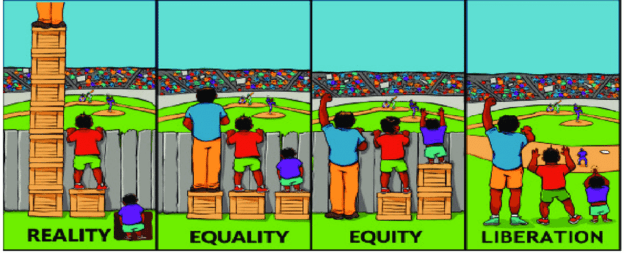Hawaii`s renewable energy and decarbonization efforts need to involve all sectors of society. Currently, this requirement is not meeting this need.
The hardest and most important issue is called energy equity by the Hawai`i Legislature and the Public Utilities Commission. The goal is to involve all people in the solution instead of leaving some behind. The efforts have produced little success. Some policy analysts focus instead on technical issues needed for Hawai`i to reach a 100% decarbonized future.
Life of the Land asserts we have to go further by truly transforming the entire process with transparency and meaningful multi-way dialogue to actively engage the public in creating a sustainable and just future.
There are many ways the public can cut their electric bill. These tend to go to those in the middle class. In theory, everyone can acquire taxpayer subsidized rooftop solar, residential lithium batteries, and electric cars, but as household income levels drop, so does the percentage of people participating in these programs.
Some of the less well-off rural population faces a double whammy. Less participation in electric bill reduction and a proliferation of large solar and wind farms in their neighborhoods.
ALICE refers to people who are Asset Limited, Income Constrained, Employed. ALICE people earn just above the Federal Poverty Level but less than what it costs to make ends meet and are forced to make impossible choices each day.
Another term is Low to Moderate Income (LMI) which in Hawaii means households earning at or below 80% of the Area Median Income (AMI) as defined by the U.S. Department of Housing and Urban Development (HUD). This makes them eligible for various affordable housing programs and financial assistance within the state.
Households earning less than 30% of Area Median Income (AMI) spent 13.9% of their income on electricity bills while Households below the Federal Poverty Level (FPL) spent 19.5% of their income on electricity costs according to DBEDT`s “Electricity Burdens on Hawai’i Households: 2022 Update.”
The Hawai`i Home Energy Assistance Program (H-HEAP), formerly LIHEAP, provides heating and/or cooling assistance to eligible Hawai`i households. The program can only serve a small fraction of the people who need assistance.
Shared Solar, also known as Community-Based Renewable Energy (CBRE), refers to people who share the output of a solar farm. The electric utility reduces their bill based on the output of the centralized solar farm. The program is open to everyone.
Life of the Land pointed out that “all” has a non-standard definition. It means that anyone can participate in the CBRE program, but few will, and the system wouldn’t work if more than a few participate, just as anyone can become a billionaire, but few people do so. The CBRE program was passed by the legislature in 2015, took years to launch, then catered to a few businesses, and now serves a few residents.
The Hawai`i State Legislature passed seven resolutions in 2022 requesting that the Hawai`i Public Utilities Commission (PUC) address energy equity issues. The PUC oversees and regulates utilities and opens proceedings to address legislative mandates. The percentage of people who actively participate in PUC proceedings is a fraction of one percent of all residents.
Life of the Land noted the danger of a binary system of haves and have-nots. Programs to help the less fortunate often benefit the people who are just below the dividing line, leaving most people unable to participate.
The Public Utilities Commission replaced the traditional rate case approach to determining how much revenue Hawaiian Electric can collect from ratepayers in 2021. The new regulatory scheme is called Performance-Based Regulation. Performance Incentive Mechanisms (PIMs) allow the utility to earn higher rates do to outstanding performance.
Life of the Land supports a metric that would determine what percentage of LMI customers in each of three or four economic strata participate in any utility program to decrease their electric bills, and a penalty/benefit PIM designed to ease the the energy burden within each category.

